Uses of Convex Lens and Its Application
A convex lens, also known as a converging or positive lens, is thicker at the centre and thinner at the edges. When light rays pass through a convex lens, they bend and meet at a single point called the focus. This property helps the lens converge light rays and form real or virtual images, depending on the position of the object. Convex lenses are used in many optical instruments and devices. They are an essential part of microscopes and cameras to focus light and form clear images. They are also used in magnifying glasses to enlarge small objects and in spectacles to correct farsightedness (hypermetropia).
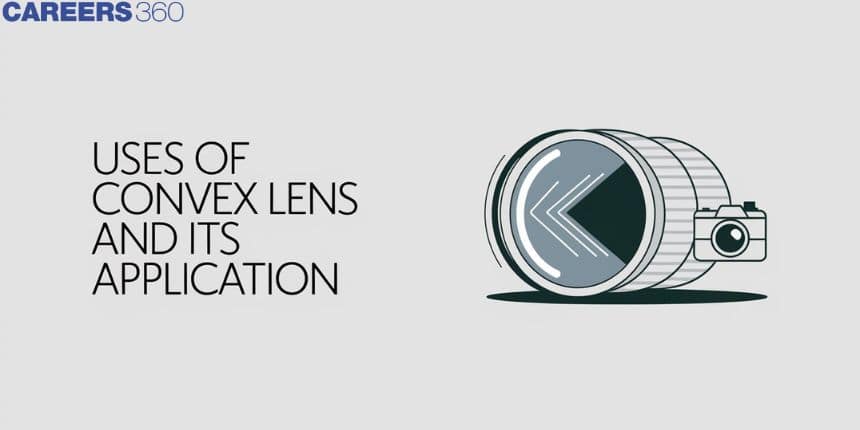
Also read -
What is a Convex Lens ?
When the light passes through a lens and the emergent rays are converging in nature then that type of lens is known as converging lens or convex lens.
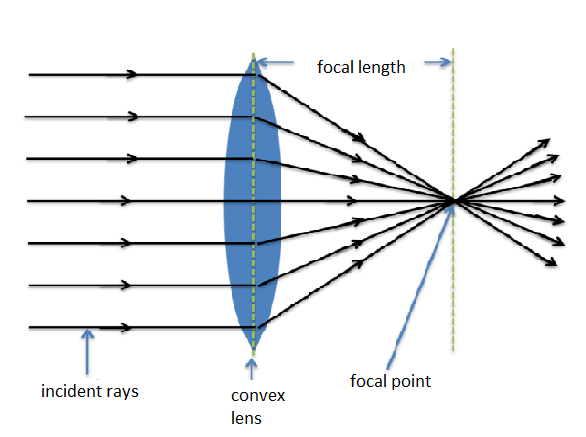
There are three types of convex lens
- Bi-convex or double convex lens
- Plano convex lens
- Concavo convex lens
In convex lens light rays get converged or come closer to each other as in the diagram above. Due to this property, convex lenses are used in different ways in different objects.
Application of convex lens/use of lens/what are the uses of lenses/state two uses of convex lens/uses of lenses in our daily life:
- Magnifying glass uses convex lenses .
- Eyeglasses use convex lenses.
- Camera uses a convex lens.
- Telescopes use convex lenses .
- Microscopes use convex lenses.
Convex Lens Used in Magnifying Glass

Magnifying glasses are most commonly used for seeing things larger. The light from the object comes through the convex lens of the magnifying glass .The light gets converged due to the convex lens and makes the image larger in our eyes.
Convex Lens Used in Eyeglasses
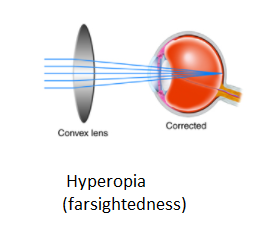
In hyperopia a human cannot be able to see things away from his sight. So, when the light rays come from an object and get through a lens then the image is formed in the retina and the farsightedness patient sees the object without any difficulty.
Convex Lens Used in Camera
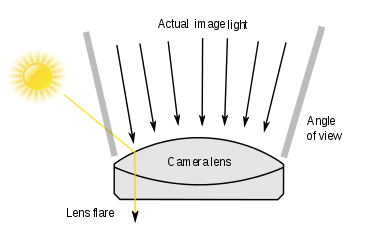
Image of convex camera
Convex lens is used in cameras not just for its focusing quality but also for its magnifying quality. Camera uses both the lenses convex and concave . There are convex lenses followed by a concave lens then a convex lens in a camera.
Convex Lens Used in Telescopes
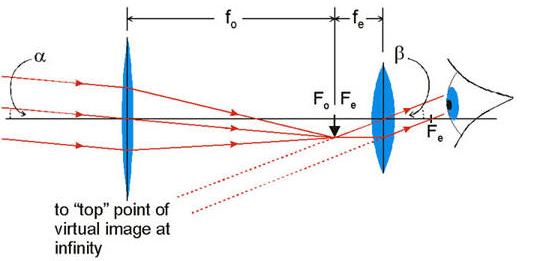
Convex lens used in Microscope:
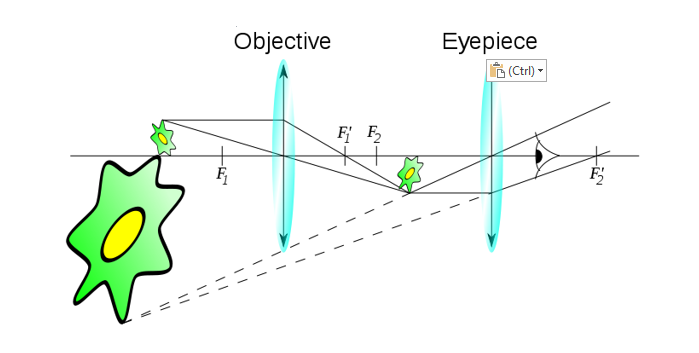
There are two convex lenses in a microscope. The light rays from the object come through the objective lens then through the eyepiece .Due to double refraction the object becomes larger than the actual size of the object , So, the small objects also get magnified .
Also check-
- NCERT Exemplar Class 11th Physics Solutions
- NCERT Exemplar Class 12th Physics Solutions
- NCERT Exemplar Solutions for All Subjects
NCERT Physics Notes:
Also Read:
Frequently Asked Questions (FAQs)
The other name of convex lens is converging lens.
When light rays emerge from the convex lens the rays converge on the focus point.
Bi-convex lens , plano-convex lens and concave-convex lens are a few types of convex lens.
If the radius of curvature equals that type of convex lens is known as equi-convex lens.
The lens which converges the rays of light are known as convex lenses.
Convex lens
Convex lens
Spectacles use both concave and convex lenses.
They are used in imaging applications.
A convex lens that makes an object appear bigger than the actual is called a magnifying glass.